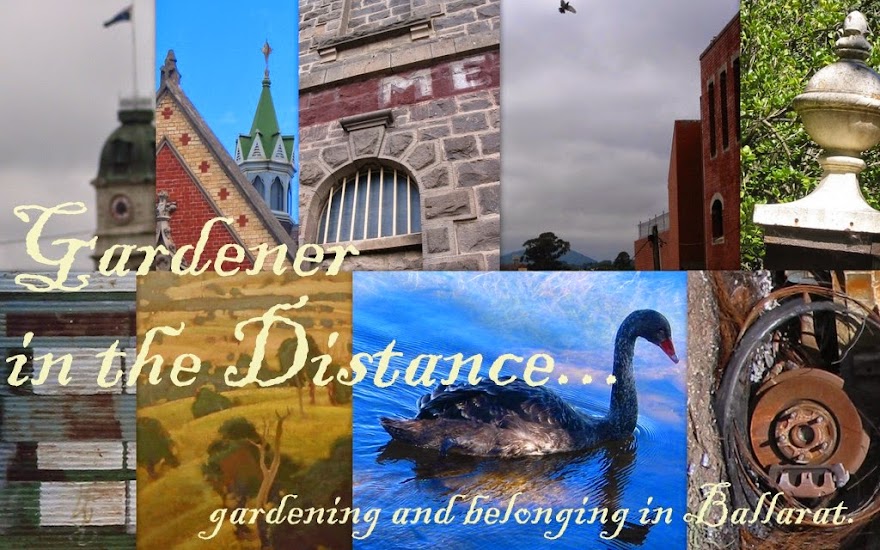Arthur and my grandmother were close friends. I hope that I can honour them.
Enlisting as soon as he legally could, he was too young to fight in WW1, so transferred to the British Army, and joined the Russia Relief Force.
The above quote comes from the Australian War Memorial, and is re-recorded on Wikipedia. And following, now, a little history of his life, this relative I'm proud of, who put love and protectiveness first.For most conspicuous bravery and devotion to duty on the 10th August 1919, at the Sheika River, North Russia. The platoon to which he belonged, after fighting a rearguard covering action, had to cross the river by means of a narrow plank and during the passage an officer and three men fell into a deep swamp. Without hesitation, under intense fire, Corporal Sullivan jumped into the river and rescued all four, bringing them out singly. But for this gallant action his comrades would undoubtedly have been drowned. It was a splendid example of heroism, as all ranks were on the point of exhaustion, and the enemy less than 100 yards distant.
Thanks to Wikipedia.Arthur Sullivan was a very popular man, and was known as the "Shy VC". Upon his return to Australia, he resumed his former employment with the National Bank of Australasia.
He was married to Dorothy Frances Veale at an Anglican church in Fairfield, Victoria, on 5 December 1928, and in 1929 he transferred to the head office of the National Bank of Australasia in Sydney where he and Dorothy were to live happily for five years. During this time they had three children, two of whom were twins.
In 1934, Sullivan was made the manager of the Casino branch of the National Bank of Australasia. As a Victoria Cross recipient, Sullivan was selected to join the Australian contingent to attend the coronation of King George VI and to return the remains of British soldier Sergeant Arthur Evans, VC, who had died in Australia. The "Australian Coronation Contingent" comprised 100 soldiers, 25 sailors and 25 airmen. Half the soldiers were serving troops and half were returned members of the AIF. Sullivan was the only VC winner in the group [5]
On 9 April 1937, eleven days after ceremonially handing over Evans's ashes and thirty-four days before King George VI's coronation, Arthur Sullivan died when he was returning to his accommodation and accidentally slipped in Birdcage Walk, Westminster, near the Wellington Barracks, and struck his head against the kerb. He was taken immediately to hospital, but died soon after from the severity of the head injuries he had sustained.
Arthur Sullivan was afforded a full military funeral in London where the Australian contingent's salute volley was respectfully returned by the Foot Guards. General Birdwood and a dozen British VC winners attended the funeral. His body was cremated in London and his ashes were returned to Sydney and interred at the Northern Suburbs Crematorium. A month after the funeral, a gap was deliberately left in the ranks of the Australian contingent as they marched in the coronation parade.[6]
In 1939 a plaque was placed upon the iron railings of Wellington Barracks in his honour. It features the second version of the Australian Army's Rising Sun badge, four decorative Victoria Crosses in each corner, a twisted vine of leaves, and reads: "To The Glory Of God And In Ever Living Memory Of Gnr. Arthur P. Sullivan. V.C. Who was accidentally killed on April 9th 1937 whilst serving as a representative of his country at the coronation of H.M.King George VI. Thus tablet was erected by his comrades of the Australian Coronation Contingent 1939."
His wife Dorothy died in 1980 and left his Victoria Cross to the Australian War Memorial in Canberra, where it is displayed in the Hall of Valour.
Arthur died an accidental death, having shown unusual bravery. However grotesque it may seem that he died in what seems a random way, I cannot help but feel that a man of courage, as he was, could have been allowed to die normally.
Victory ultimately remains with those who have loved, who love, who are willing to stand up for their love.



















